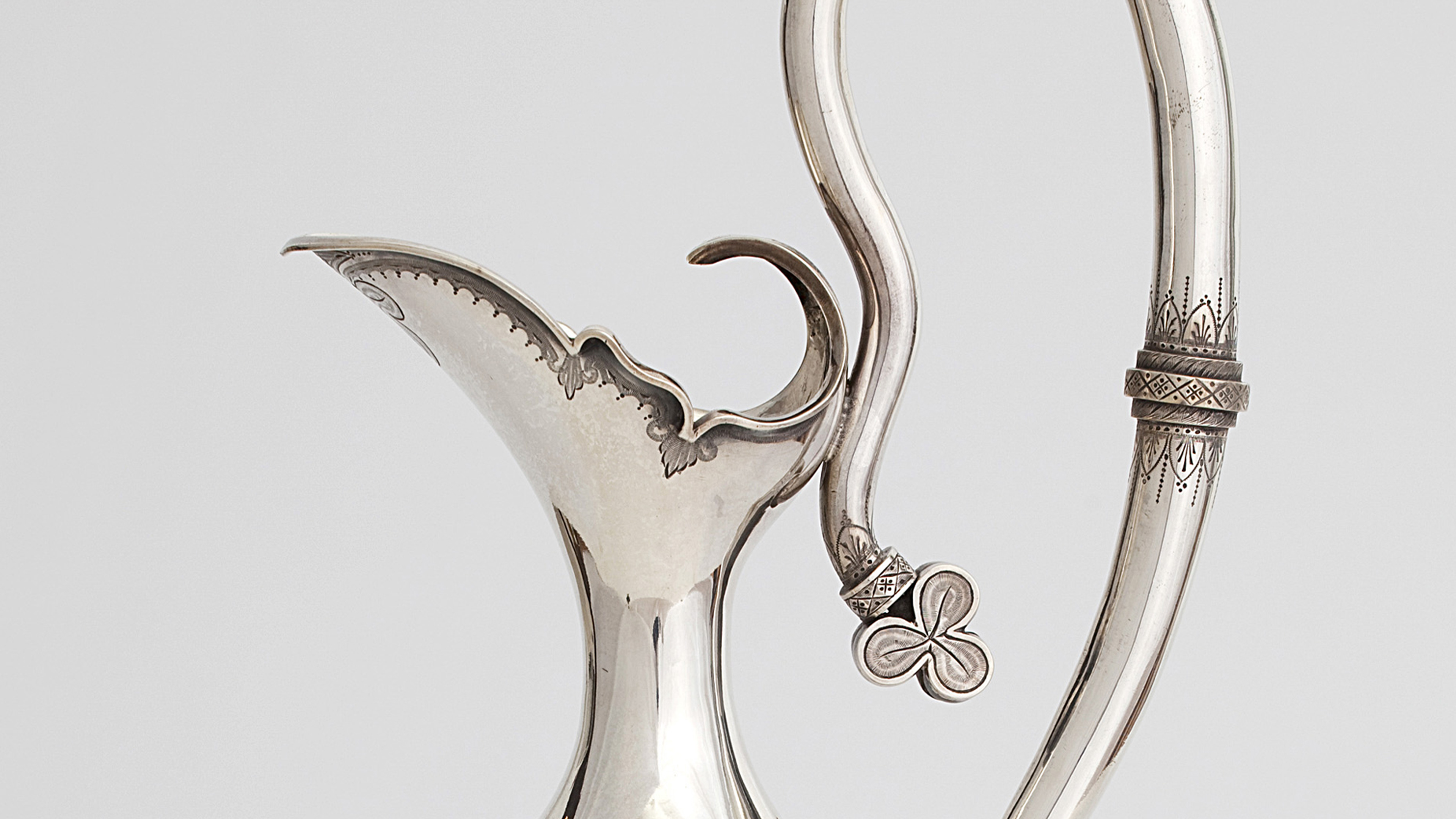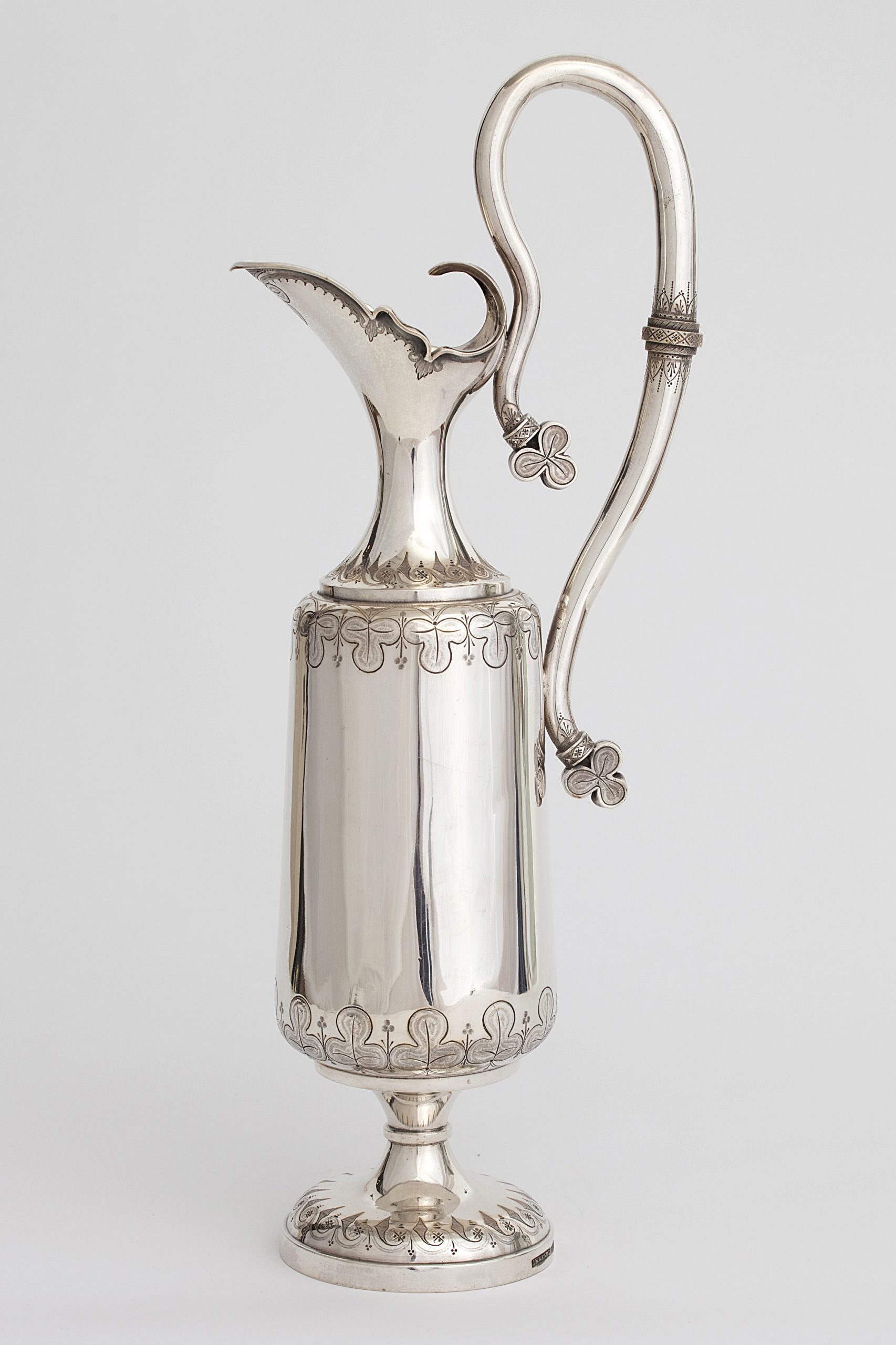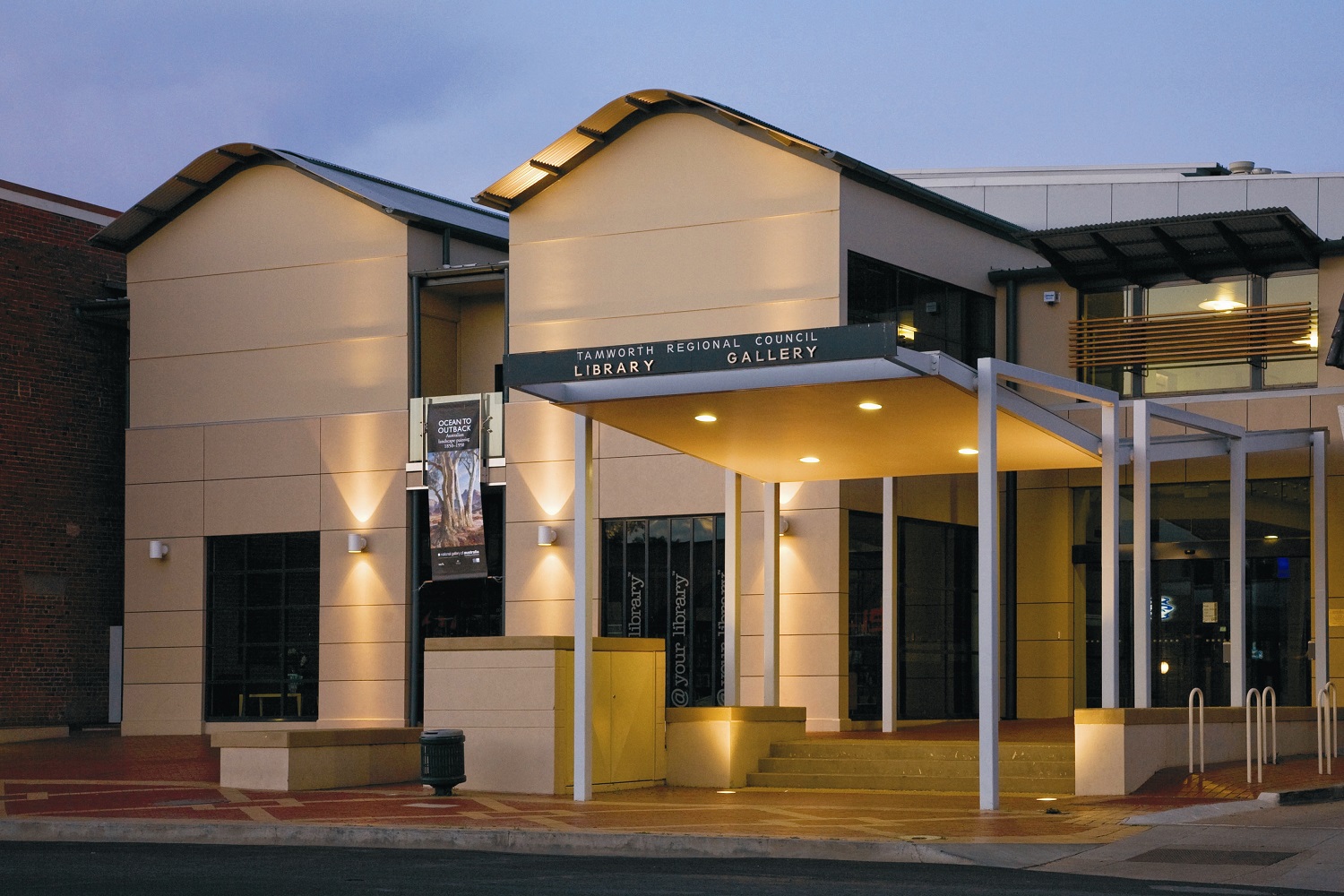Fit For a King
A Tall Silver Jug
The tables of wealthy colonists in Australia benefited greatly from the immigration of Danish and German silversmiths in the 1850s. Immigration programs to Sydney, Melbourne and Adelaide, coupled with discoveries of gold, lured many young men to the colonies after they had completed their apprenticeships. Joachim Wendt was one of them, alongside Christian Qwist, Julius Hogarth, Harry Steiner and Julius Schomburgk.
Wendt learnt the watchmaking and silversmithing trade in his hometown of Dageling in Schleswig Holstein, a principality that was caught in a tug-of-war between Denmark and Prussia. Wendt was 23 when he left for Adelaide in 1853, perhaps drawn there by the German-speaking community of Lutherans and vinedressers who established the South Australian wine industry.
Wendt had great success as a silversmith, achieving international recognition through his participation in intercolonial and international exhibitions. His reputation was cemented when Prince Alfred Duke of Edinburgh, the son of Queen Victoria, made the first royal visit to Australia. He toured Adelaide in 1867 and was presented with a silver casket with a working model of a reaping machine by Wendt. Wendt, who was by now a British citizen, was rewarded with a Royal Warrant and appointed ‘Jeweller to his Royal Highness’.
Wendt’s business in Rundle Street prospered; he won prizes at international exhibitions and produced silverware for British royalty for the next thirty-five years, when he handed the reins to his sons in 1903. The restrained taste of his silverware is evident in the classical proportions and trefoil decoration of this water jug. Any table it graced would make it fit for royalty, which must have pleased the colonial nouveau-riche immensely.





